Introducing the toy fishing rod, a delightful and engaging toy designed to provide children with hours of entertainment and a taste of the fishing experience. This product is crafted to mimic the real-life action of fishing, allowing young ones to 'catch' toy fish, often through the use of magnets or mechanical hooks. The toy fishing pole is not just a plaything but a tool for developing hand-eye coordination, patience, and an appreciation for nature's aquatic life.
Types and Characteristics of Toy Fishing Rods
The market offers a plethora of toy fishing rods, each with unique characteristics to suit various preferences and developmental stages. For the littlest anglers, magnetic rods provide a safe and simple mechanism for catching fish. As children grow, options such as the barbie fishing pole cater to those who enjoy thematic play, integrating familiar characters into the fishing experience. For the builders and thinkers, the lego fishing rod combines the joy of construction with the thrill of the catch. Advanced sets may include features such as adjustable reels or electronic sounds that mimic the real-life fishing experience, offering a more immersive playtime.
Structure and Operation of Toy Fishing Poles
The toy fishing pole is ingeniously designed to replicate the adult fishing experience on a child-friendly scale. The rod typically consists of a lightweight shaft, an easy-to-handle reel, a thin line, and a hook or magnet at the end. In more advanced models, the reel functions to reel in the line, often accompanied by clicking sounds to simulate real fishing reels. The magnet or hook is used to 'catch' toy fish, which may be made of plastic or fabric, with metallic components to respond to the magnet. The operation is intuitive: cast the line, wait for the 'fish' to bite, and reel in your catch, all the while developing critical motor skills and hand-eye coordination.
Materials and Benefits
The selection of materials for toy fishing sets is critical, as it impacts durability, safety, and the overall user experience. ABS plastic, known for its toughness and glossy finish, is a common choice, particularly for rods that require a more rigid structure. Wood, valued for its tactile feel and classic aesthetic, is often used in eco-conscious products. These materials are not only chosen for their physical properties but also for their safety profile, being non-toxic and free from sharp edges, making them ideal for children's toys.
Business Usages and Applications
Toy fishing rods have found their niche not only in homes but also in various business settings. In educational environments, they serve as practical tools for teaching concepts like physics and ecology. Pediatric healthcare professionals use them as a form of play therapy to improve patients' motor skills and cognitive function. In the hospitality industry, these toys are used to enhance family-friendly atmospheres in settings such as family resorts, restaurants, and vacation clubs, providing an engaging activity that keeps children entertained.
Functions and Tasks
The primary function of a toy fishing rod is to emulate the fishing process in a playful and educational manner. Beyond the basic cast and catch, these toys often include additional functions such as sound effects in battery-powered models, which add to the realism of the experience. Some sets come with multiple fish of various sizes, challenging children to match the right size and color, further enhancing their cognitive development.
Features and Unique Selling Points
Each toy fishing pole comes with its own set of features that distinguish it from others on the market. Some poles boast a telescopic design, allowing for easy storage and adjustment according to the child's size. Others include interchangeable hooks or magnets, providing variety and adaptability in play. Unique selling points such as the inclusion of educational booklets or compatibility with mobile apps can also be found, offering an interactive learning experience.
Benefits and Positive Outcomes
The engagement with a toy fishing set offers numerous benefits. It can be a solitary activity that fosters independence or a communal one that encourages sharing and turn-taking. The satisfaction of 'catching' a fish provides a sense of accomplishment, boosting self-esteem and patience. For parents and educators, these toys are a gateway to discussions about marine life, conservation, and the environment, making them a valuable educational resource.
How to Use and Operate Effectively
To use a toy fishing rod effectively, it is important to demonstrate to children how to hold the rod, cast the line, and reel in the fish. For magnetic sets, aligning the magnet with the fish requires a steady hand and concentration, providing a fun challenge for young children. In more complex models, understanding the reel's mechanics can offer older children a more in-depth play experience.
How to Choose the Right Model
Selecting the right toy fishing pole involves considering the child's age, interest, and skill level. For toddlers, a sturdy and simple magnetic rod is ideal. Older children might appreciate a rod with more realistic features, such as a reel that requires manual operation. Themes and characters can also be a deciding factor, with options like the melissa and doug fishing set appealing to those who enjoy narrative play.
How to Clean and Maintain
Maintaining a childs fishing set is generally straightforward. Plastic components can be cleaned with a damp cloth and mild soap, while wooden parts may require specific cleaning agents to maintain their finish. It's important to regularly check the set for any signs of wear and tear, especially if it has been used in water, to ensure it remains safe and functional.
Target Audience and Meeting Needs
The target audience for toy fishing rods is diverse, encompassing a range of ages and interests. For each demographic, there is a toy fishing rod designed to meet their specific needs. Toddlers are drawn to bright colors and simple mechanics, while older children might look for more realistic features or brand affiliations with their favorite characters. The design of each rod takes into account these preferences to provide an engaging and appropriate play experience.
What age range is suitable for a toy fishing rod?
The toy fishing rod is suitable for a wide age range, starting from 0 to 24 months for the simplest models, and going up to 13 years for more complex versions. The key is to match the complexity of the rod and its features to the child's developmental stage to ensure safety and enjoyment.
Are these fishing sets safe for all children?
Safety is our top priority. All toy fishing poles are made from non-toxic materials and designed with smooth edges and age-appropriate features. We ensure that our products meet stringent safety standards to provide peace of mind for parents and caregivers.
Can these toys be used in water?
Many of our toy fishing pole and fish sets are designed for use in water, particularly in bathtubs or small paddling pools. They are made with water-resistant materials and are sealed to prevent water ingress, ensuring they can be enjoyed in a variety of play environments.
Explore the extensive selection of toy fishing rods on Alibaba.com, where you'll find the perfect blend of fun, education, and quality for children of all ages.








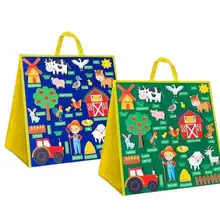
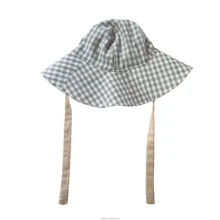






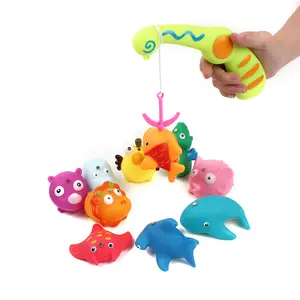
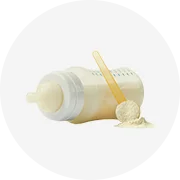

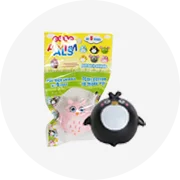
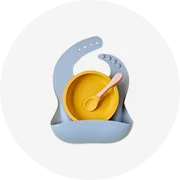
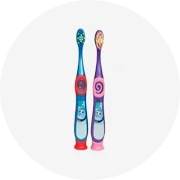

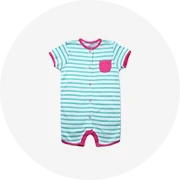

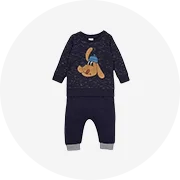
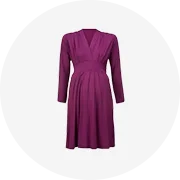
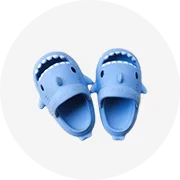

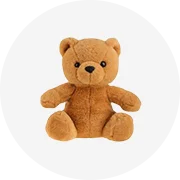

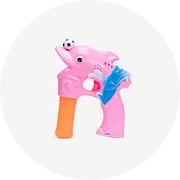








 浙公网安备 33010002000092号
浙公网安备 33010002000092号 浙B2-20120091-4
浙B2-20120091-4